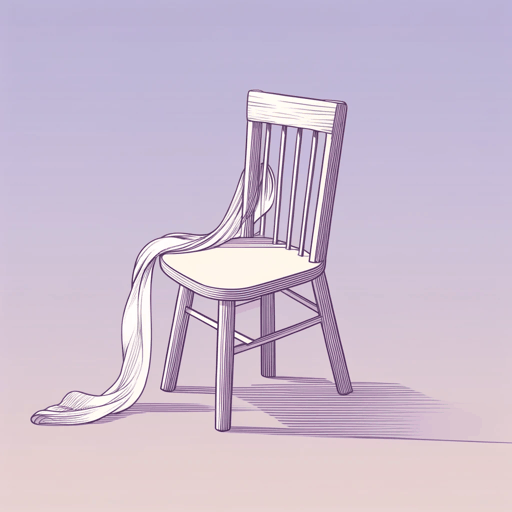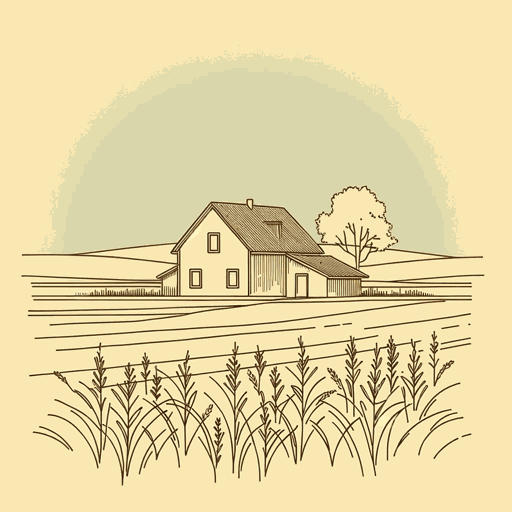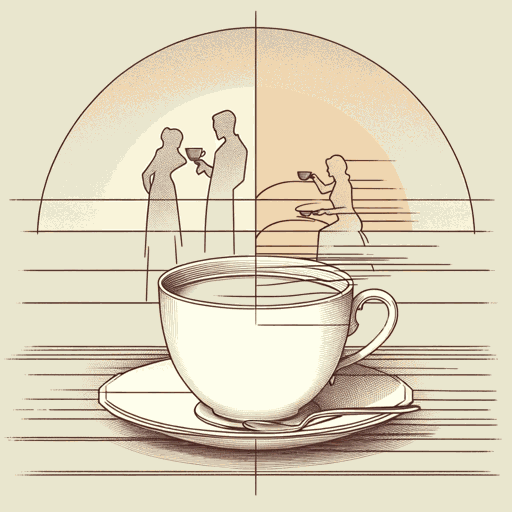70 pages • 2 hours read
Edith WhartonThe House of Mirth
Fiction | Novel | Adult | Published in 1905A modern alternative to SparkNotes and CliffsNotes, SuperSummary offers high-quality Study Guides with detailed chapter summaries and analysis of major themes, characters, and more.
Themes
The Economics of Social Interaction
In The House of Mirth, the language of economics is used to explore the commodification of people in an American upper class based on wealth, rather than on inherited aristocratic titles. Lily treats herself, and is viewed by others, as a product to be sold to the highest bidder by marriage to a rich man. Selden realizes that the immaculately groomed Lily “must have cost a great deal to make, that a great many dull and ugly people must, in some mysterious way, have been sacrificed to produce her” (5). Lily characterizes herself as “horribly poor” and, therefore, “very expensive” (10) for a man to marry since she needs a vast sum of money to remain in the upper-class society of her upbringing.
Women participate in the commodification of men as well. Lily rejects the fascinating Selden as a marital possibility because he lacks the requisite wealth, and she pursues the unappealing Percy Gryce because of his millions of dollars. Lily’s mother maintained a luxurious lifestyle based on her husband’s earnings, but when he is financially ruined, “to his wife he no longer counted: he had become extinct when he ceased to fulfill his purpose” (34). Judy Trenor does not care about her husband’s dalliances with other women as long as his finances are not jeopardized, “if she was careless of his affections she was plainly jealous of his pocket” (239).
Related Titles
By Edith Wharton
Featured Collections
Appearance Versus Reality
View Collection
Art
View Collection
Beauty
View Collection
Books that Feature the Theme of...
View Collection
Challenging Authority
View Collection
Class
View Collection
Class
View Collection
Community
View Collection
Equality
View Collection
Friendship
View Collection
Historical Fiction
View Collection
Marriage
View Collection
Naturalism
View Collection
Nature Versus Nurture
View Collection
Power
View Collection
Pride & Shame
View Collection
Required Reading Lists
View Collection
Satire
View Collection
School Book List Titles
View Collection
Trust & Doubt
View Collection
Truth & Lies
View Collection
Valentine's Day Reads: The Theme of Love
View Collection







